Sadly, Michael Adams, for many years Britain’s leading grandmaster, will not be playing in the British Championship, which starts next week. Michael is often referred to as ‘Spidey’ because of the way he spins a web to ensnare his opponents. The most spidery player ever was Anatoly Karpov, world champion from 1975, when he beat Bobby Fischer by default, to 1985, when the young genius Garry Kasparov took over.
A new book by international master Sam Collins, in the well-known Everyman Move by Move teaching format, brings out these refined qualities in Karpov’s play and shows how he was able to reduce even the most formidable opposition to utter helplessness. Notes to the following game are based on those in the book.
Karpov-Spassky: Candidates Semi-Final, Leningrad 1974; Sicilian Defence
1 e4 c5 2 Nf3 e6 3 d4 cxd4 4 Nxd4 Nf6 5 Nc3 d6 6 Be2 Be7 7 0-0 0-0 8 f4 Nc6 9 Be3 Bd7 10 Nb3 Karpov decides to avoid simplification and leave Spassky with more work to do in order to bring his pieces into play. 10 … a5 11 a4 Nb4 12 Bf3 Bc6 13 Nd4 g6 14 Rf2 e5 15 Nxc6 bxc6 16 fxe5 dxe5 17 Qf1 Of all Karpov’s attributes, perhaps the most difficult to imitate is his uncanny ability to co-ordinate his pieces. There are some positions where good co-ordination can be achieved easily, or according to a standard pattern. However, Karpov had a remarkable capacity to make apparently ‘strange’ moves, after which his pieces prove perfectly placed to deal with any transformation of the position. 17 Qf1 is an excellent illustration of this. 17 … Qc8 18 h3 Nd7 19 Bg4 h5 20 Bxd7 Qxd7 21 Qc4 Bh4 22 Rd2 Qe7 23 Rf1 Rfd8 (see diagram 1) 24 Nb1 One of the most memorable moves in chess history. Karpov prepares to re-route his knight from c3 (where it is limited by the black pawn on c6 and the white pawns on a4 and e4) to the kingside, while protecting his rook and preparing to drive away Black’s only good piece with c2-c3. 24 … Qb7 25 Kh2 More typical Karpovian play, improving his king and giving himself the option of pushing the bishop away with g2-g3. 25 … Kg7 26 c3 Na6 27 Re2 Rf8 28 Nd2 Bd8 29 Nf3 f6 30 Rd2 Seizing the open d-file, at a time when Black can’t contest it since his bishop is awkwardly placed on d8. It makes sense to use this rook to control the d-file since the f1-rook is usefully placed on the f-file. All the white pieces are dramatically more active than their opponents. 30 … Be7 31 Qe6 Rad8 32 Rxd8 Bxd8 33 Rd1 Black can’t defend his last two ranks. 33 Nxe5 Qc7 34 Bf4 also wins, but it is more complicated. Karpov’s move is risk free and utterly decisive, while requiring no calculation. 33 … Nb8 34 Bc5 Rh8 (see diagram 2) 35 Rxd8 Black resigns Black resigned in view of 35 Rxd8 Rxd8 36 Be7, when his position collapses.
The British Championship starts on Monday. britishchesschampionships.co.uk/2015
Got something to add? Join the discussion and comment below.
Get 10 issues for just $10
Subscribe to The Spectator Australia today for the next 10 magazine issues, plus full online access, for just $10.
You might disagree with half of it, but you’ll enjoy reading all of it. Try your first month for free, then just $2 a week for the remainder of your first year.

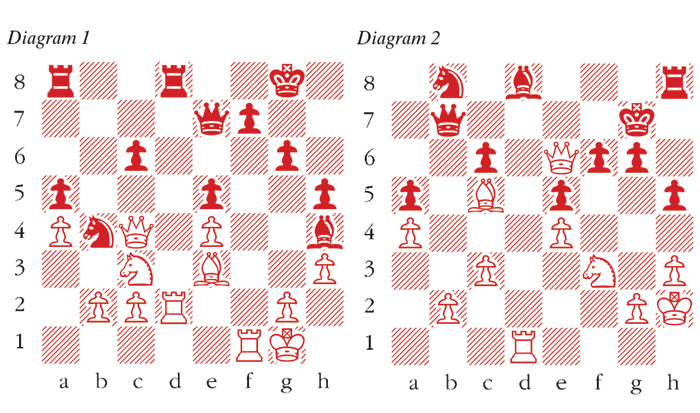
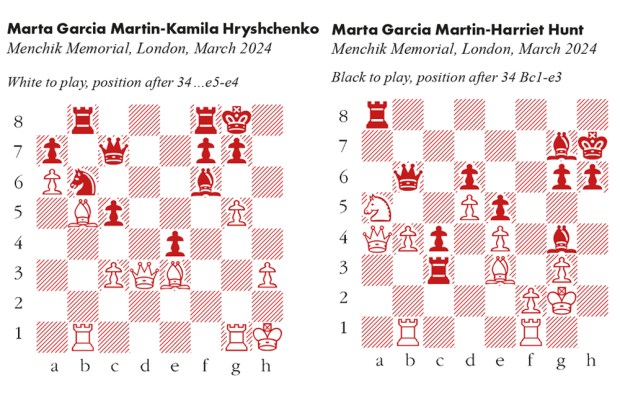

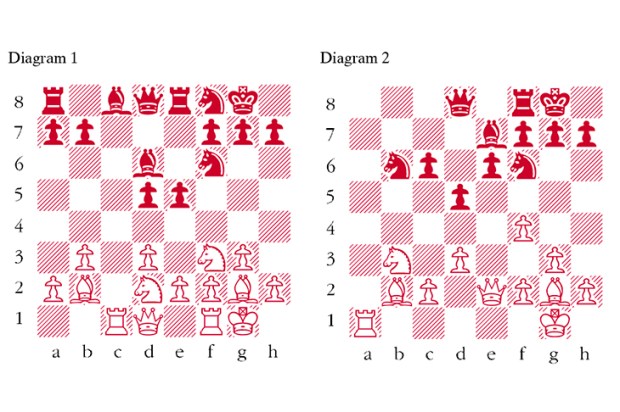
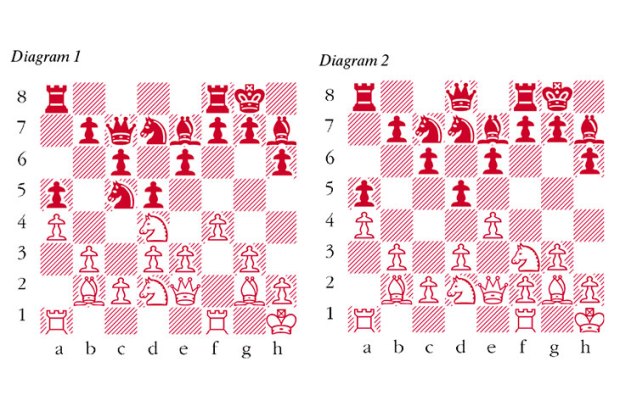
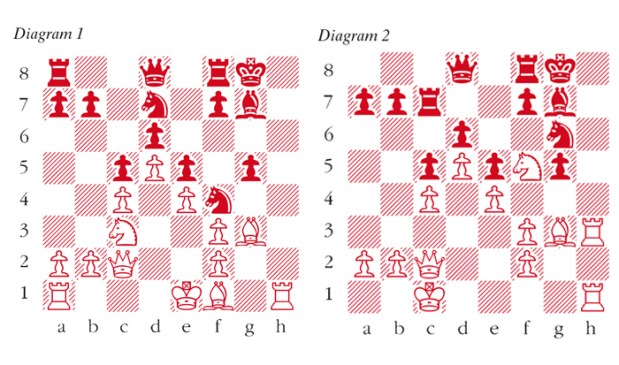
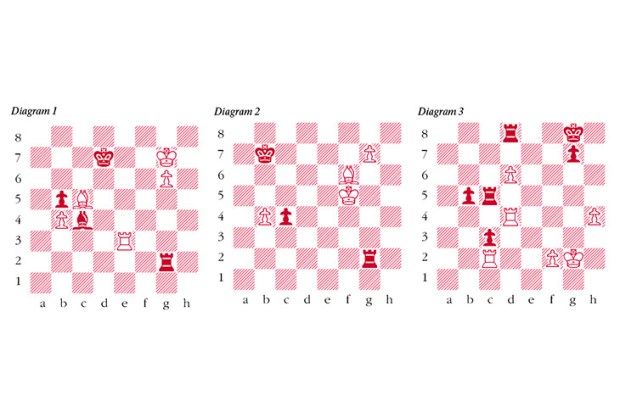






Comments
Don't miss out
Join the conversation with other Spectator Australia readers. Subscribe to leave a comment.
SUBSCRIBEAlready a subscriber? Log in